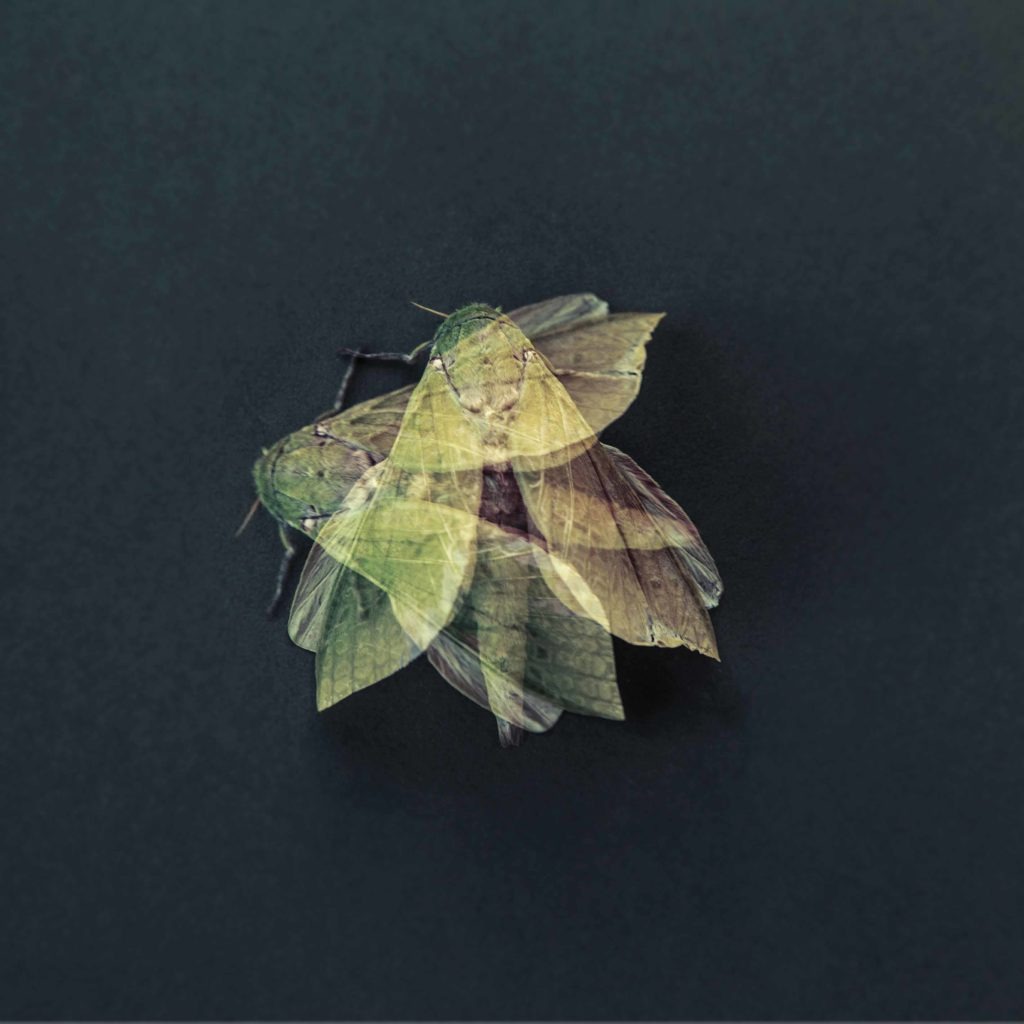Ginny Fisher
Ginny Fisher has painted since she could talk. Watching her mother masterfully work oil paints and watercolours in her home studio was the beginning of a lifelong passion for the arts.
She studied Art History at the University of Canterbury and journalism in Sydney. She worked as a journalist in New Zealand and New York for well over a decade, covering the arts, and working on photoshoots for editorial spreads. While living in New York, Ginny studied Fine Art, majoring in print making at Parsons School of Design. On relocation to San Francisco, she took photography classes and began taking on photography projects for local businesses.
Ginny blends the three disciplines of photography, printmaking and painting into her visual process. She will often use images taken from her Clevedon farm as starting points for paintings and prints. Landscapes, animals, and figures from her past often morph into more abstract territory, and her palette takes a distinctly earthy feel.
Her role as arts writer for Viva Magazine over the past six years continues to fuel her interest in all areas of the visual art world. She has exhibited in the United States, the United Kingdom and Auckland and sells her photographic prints online.
Other links:
Artworks by Ginny Fisher
-

Milford Fall, oil on canvas, framed in cedar, 2022
See Artwork »A photography trip to Milford Sound inspired a series of waterfall paintings, but this particular image was inspired by a vintage photograph taken by my mother in her youth. The waterfalls in this region are forever changing, one minute hissing and roaring and a week later barely trickling. Painting this made me wonder how different this region of waterfalls will be when my daughter grows up.
-

The Spinner
See Artwork »Framed limited edition archival print, 1/10. The native Puriri moth often makes its way to our home on the edge of the Duder Reserve. These dazzling green and hungry moths gnaw their way into Puriri tree trunks and suck out the sap, leaving the trees to perish. I photographed this moth in its last stages of life, utilizing the double exposure method that allows me to layer one image on top of another in camera to bring movement to the subject.
-

‘Harakeke Gulf’, 2023
See Artwork »Oil and housepaint on canvas, framed in stained timber. An aspect from the Duder Reserve overlooking the Hauraki Gulf – this area has cultural significance as one of the first landing sites of the Tainui canoe in the 1300s. The area eventually became a rich growing area for the settling tribe, abundant with fruit and later flaxes which became an important fibre for everyday life.
The flax remains an icon of the New Zealand coastline, especially around the Duck Bay estuary where I live.